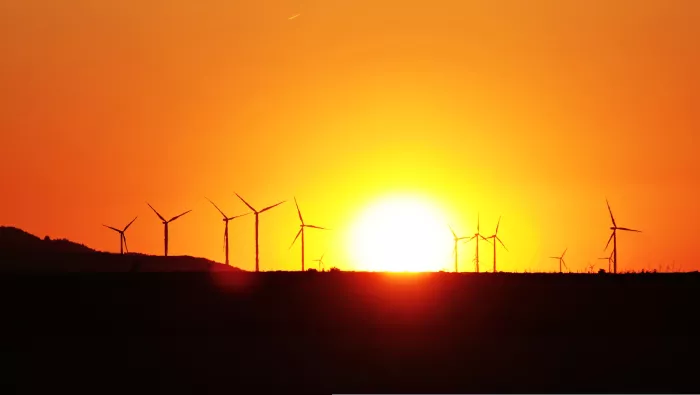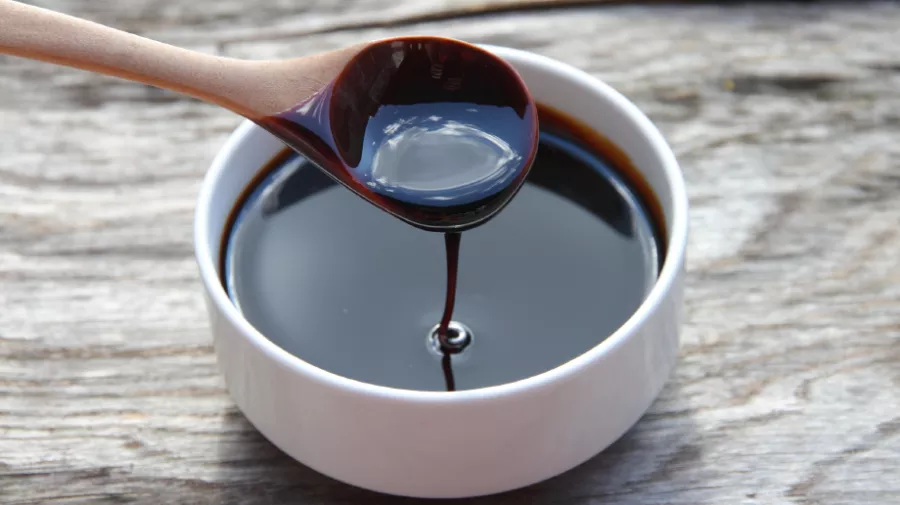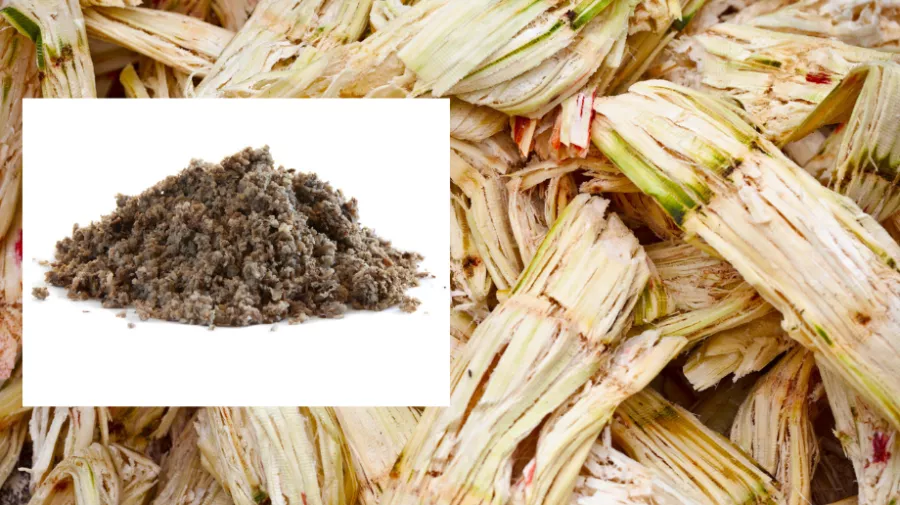
Ensuring sustainability
Sugar farmers and producers recognize the importance of sustainable and responsible agriculture and production. Farmers can employ a range of methods to ensure sugar production is sustainable, such as:
- Crop rotation which involves alternating the cultivation of sugar crops with different plants, to maintain soil health.
- Using natural pest management strategies such as biological controls, natural predators, and resistant crop varieties.
- Utilising precision agriculture, where technology is harnessed to optimize resource use. For example, GPS-guided tractors and drones can be used for precise planting, watering, and harvesting.
Sustainable production of sugar and its co-products
Sugar cane and sugar beet are most often used to produce sucrose, which is what we know as sugar. But these crops can also be used to produce a range of other sugar products.
When producing sugar, 100% of the cane and beet are used, so that there is almost no waste from the production process.
The by-products of sugar production are molasses and pulp.


